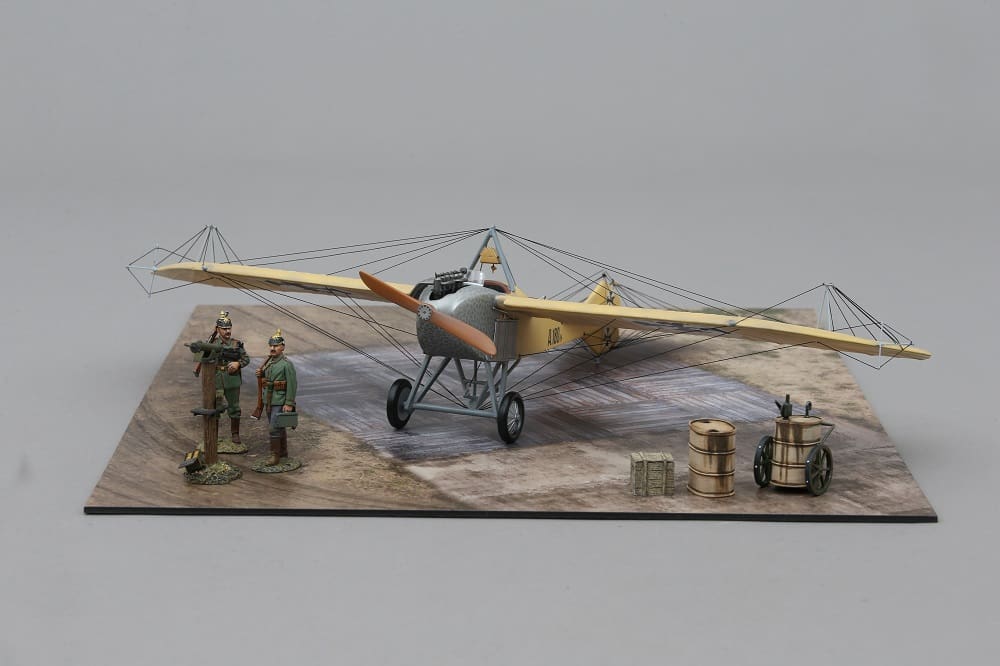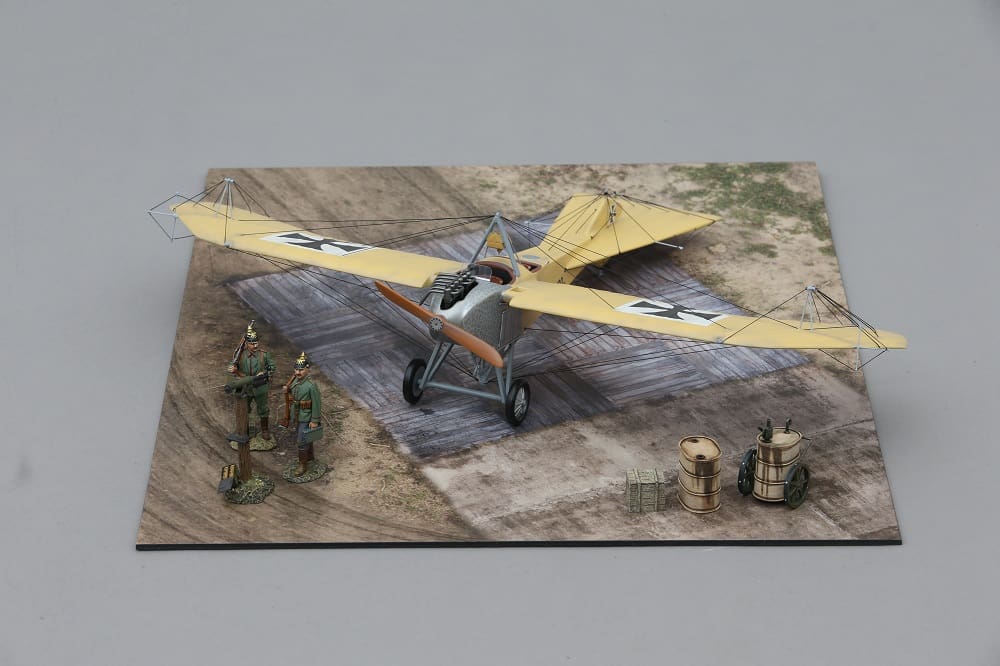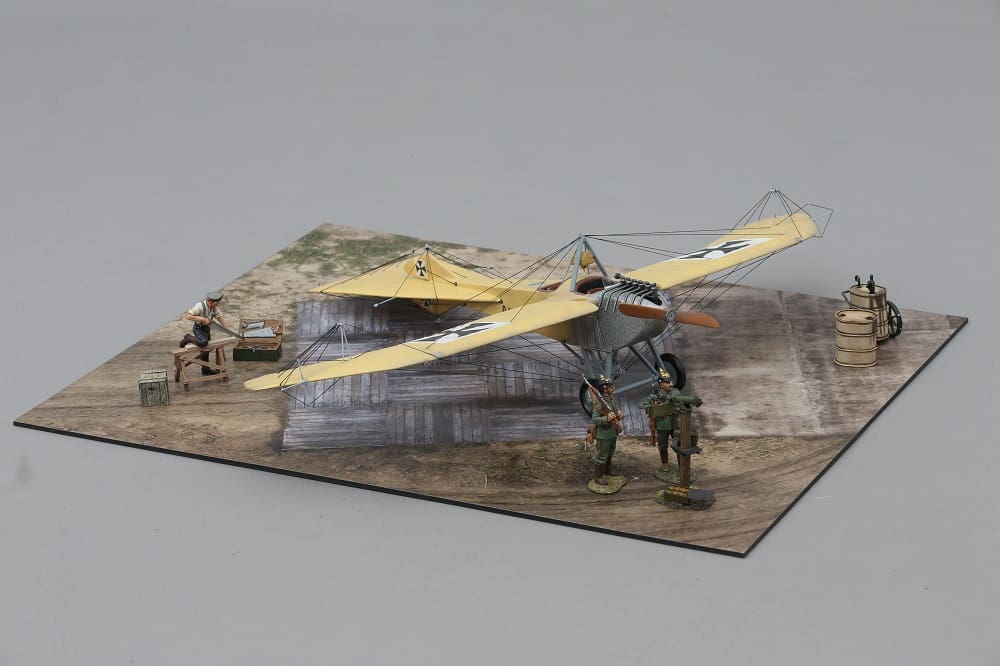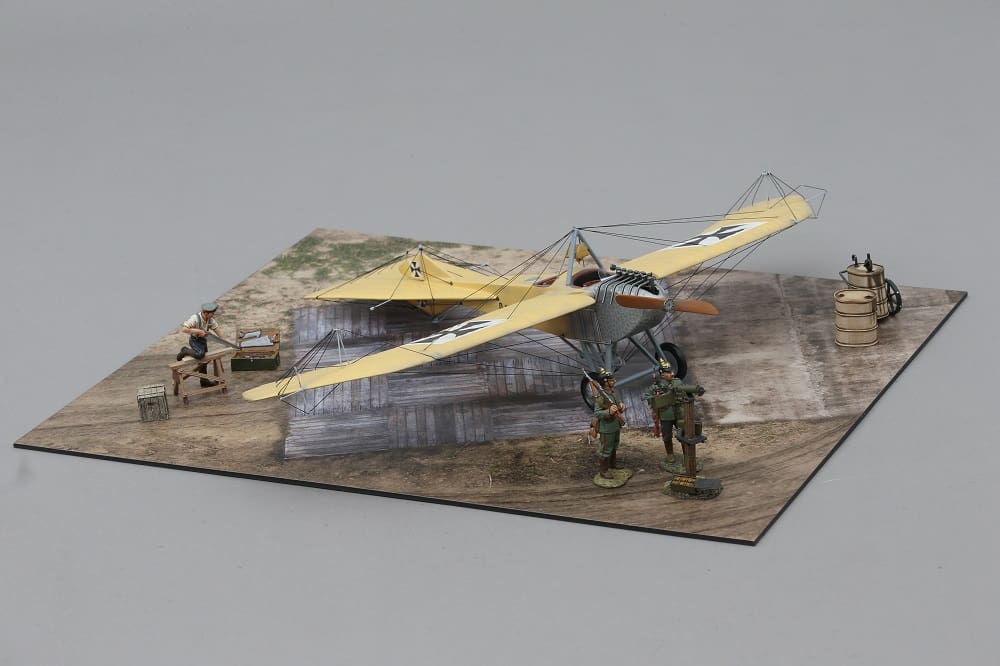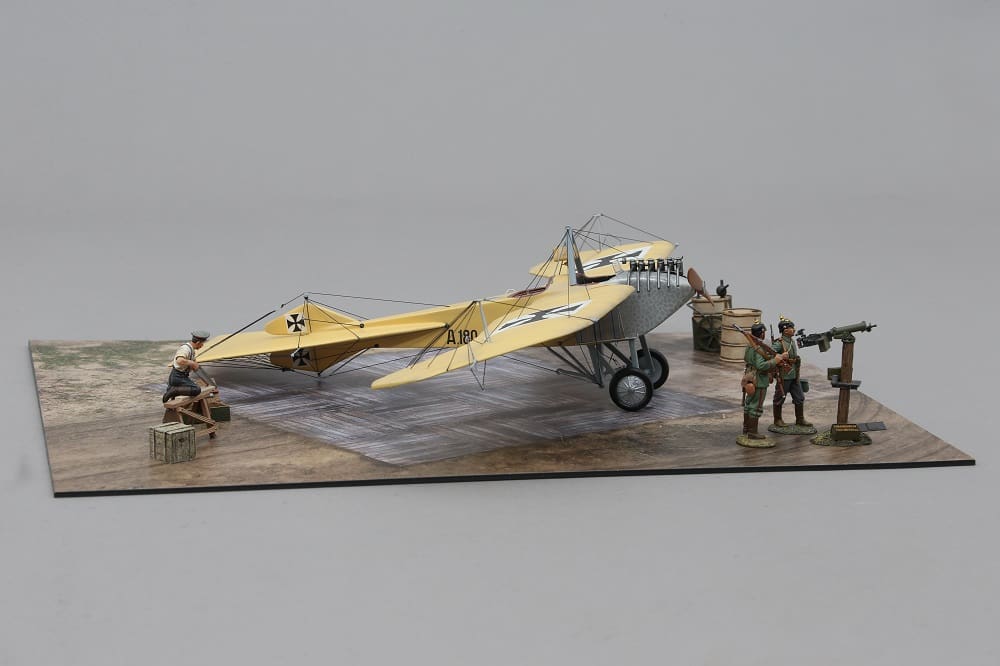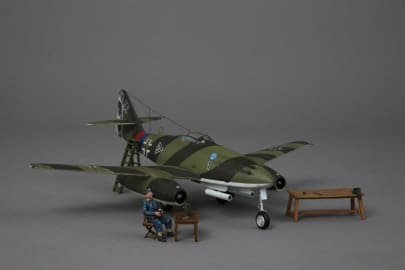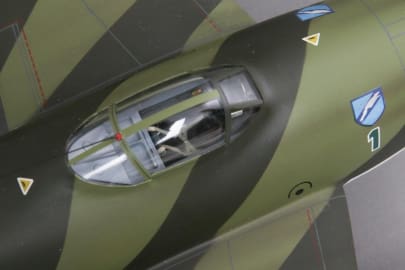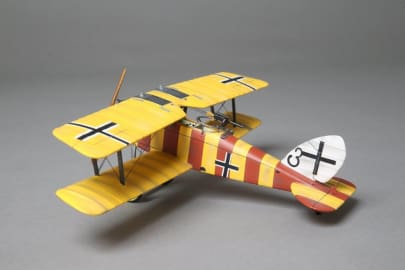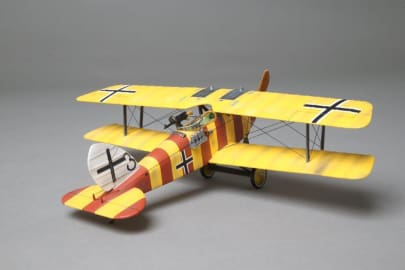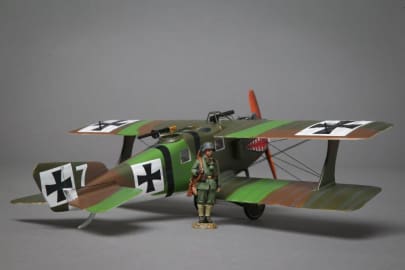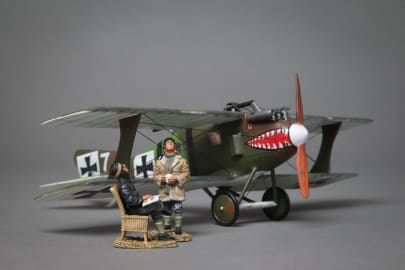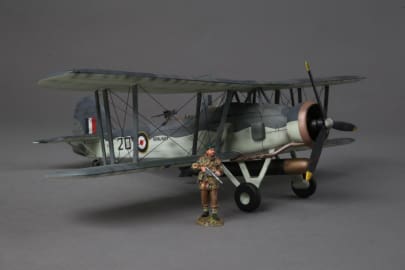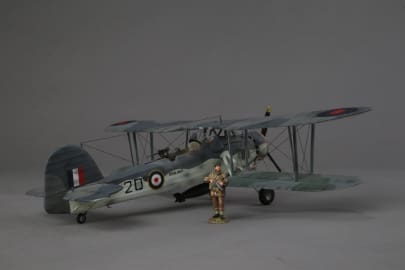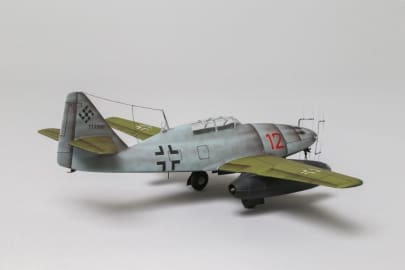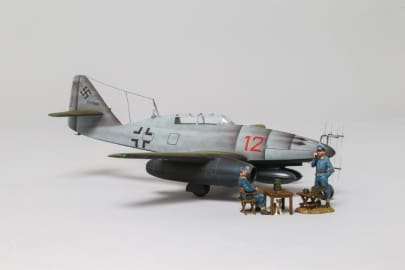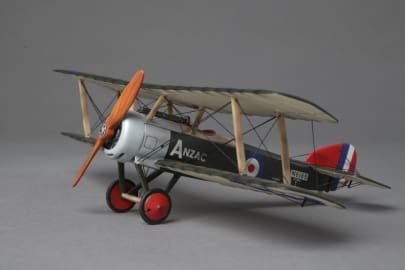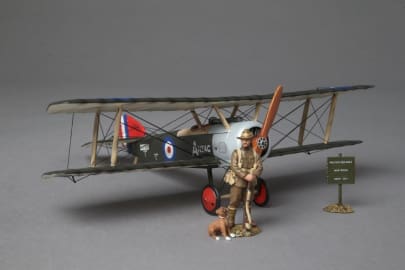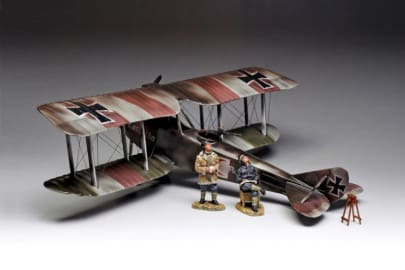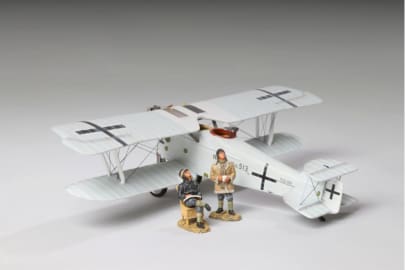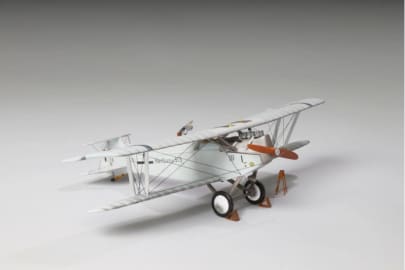- Free shipping available on orders over £100 (UK) £250 (EU) and $300 rest of the world
WOW283 Taube ‘Doped Yellow Version’
£425.00
Out of stock
Description
Description
The Jeannin Taube, also known by the names of the various later manufacturers who built versions of the type, such as the Rumpler Taube, was a pre-World War I monoplane aircraft. It was the first military aeroplane to be mass-produced in Germany.
The Taube was very popular prior to the First World War, and it was also used by the air forces of Italy and Austria-Hungary. Even the Royal Flying Corps operated at least one Taube in 1912. On 1 November 1911, Giulio Gavotti, an Italian aviator, dropped the world’s first aerial bomb from his Taube monoplane over the Ain Zara oasis in Libya. Once WW1 war began, it quickly proved inadequate as a warplane and was soon replaced by other designs.
The design provided for very stable flight, which made it extremely suitable for observation. The translucent wings made it difficult for ground observers to detect a Taube at an altitude above 400 meters. The first hostile engagement was by an Italian Taube in 1911 in Libya, its pilot using pistols and dropping 2 kg (4.4 lb) grenades during the Battle of Ain Zara. The Taube was also used for bombing in the Balkans in 1912–13, and in late 1914 when German 3 kg (6.6 lb) bomblets and propaganda leaflets were dropped over Paris. Taube spotter planes detected the advancing Imperial Russian Army in East Prussia during the World War I Battle of Tannenberg.
In civilian use, the Taube was used by pilots to win the Munich-Berlin Kathreiner prize. On 8 December 1911, Gino Linnekogel and Suvelick Johannisthal achieved a two-man endurance record for flying a Taube 4 hours and 35 minutes over Germany.
Our 1/30 scale model represents a an aircraft now on display at the Deutches Technikmuseum in Berlin and comes with a free figure GW083A.


